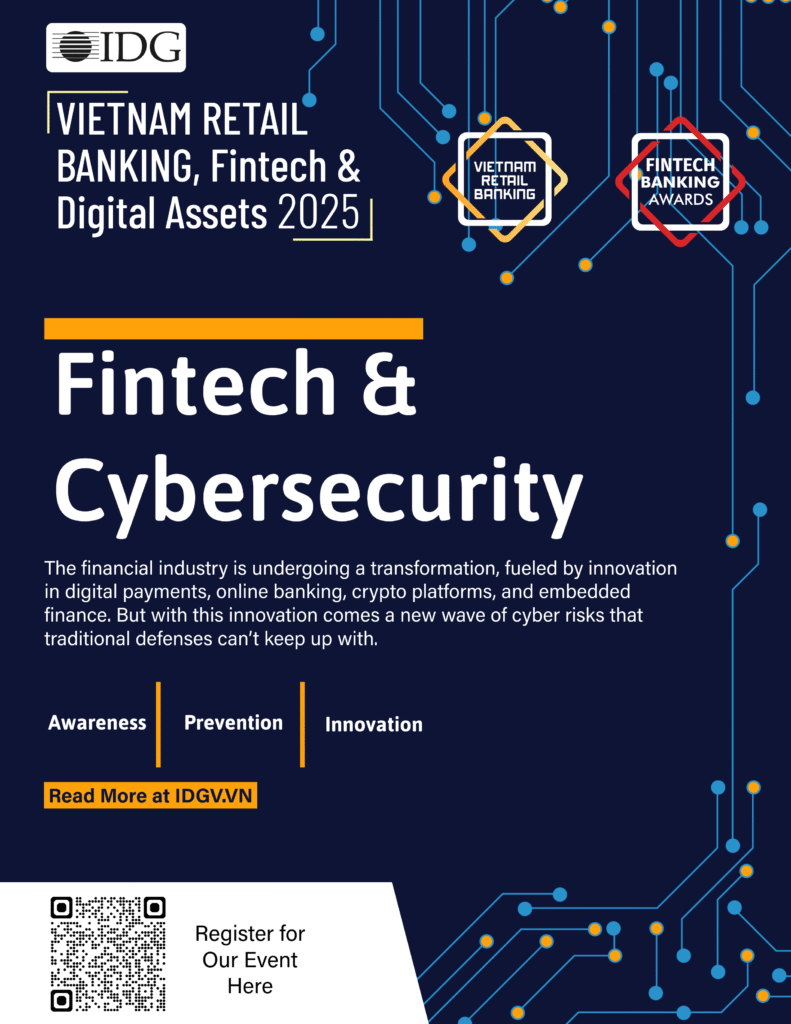
The financial industry is undergoing a transformation, fueled by innovation in digital payments, online banking, crypto platforms, and embedded finance. But with this innovation comes a new wave of cyber risks that traditional defenses can’t keep up with.
Fintech companies today operate in a complex environment where security, compliance, and trust are tightly intertwined.
Why Fintech Is a Prime Target for Cyber Threats
Cybercriminals are drawn to Fintech for a number of reasons:
- High-value data: Banking apps, digital wallets, and financial platforms store sensitive customer information, from personal IDs to payment credentials.
- Large attack surface: Cloud infrastructure, mobile apps, APIs, and third-party integrations create multiple entry points for hackers.
According to industry reports, financial institutions are targeted hundreds of times more frequently than other sectors, and the average cost of a data breach in finance is over $5 million.
Key Cybersecurity Challenges in Fintech
- Ransomware & Malware: Attackers often use phishing emails or software vulnerabilities to deploy ransomware, locking systems until a ransom is paid.
- Data Breaches: Weak authentication or insecure storage can lead to large-scale data leaks, damaging customer trust and triggering compliance fines.
- Insider Threats: Disgruntled employees or poorly trained staff can unintentionally (or intentionally) expose systems to attack.
- Third-Party Risk: Fintech platforms rely heavily on partners, like payment processors or analytics tools, which may have different security standards.
How Fintechs Can Strengthen Cybersecurity
Even smaller Fintechs can take steps to build a more secure foundation:
- Invest in education & awareness: Employees are often the first line of defense.
- Implement multi-factor authentication (MFA): Require different authentication methods for user logins and internal systems.
- Monitor systems in real time: Use tools that detect unusual activity early.
- Adopt secure-by-design development: Building security into software from the start.
- Test incident response plans: Knowing how to react is just as important as prevention.
- Vet third-party vendors carefully: Don’t assume partners are secure.
For larger institutions, AI-driven tools, automated threat detection, and compliance reporting dashboards are becoming the norm, not just for prevention, but for visibility and resilience.
Security Is a Business Issue, Not Just an IT Problem
When cyberattacks hit Fintech companies, the consequences go far beyond lost data. Customer trust can be severely damaged, compliance violations may lead to steep regulatory penalties, and the cost of recovery, both financial and operational, can disrupt business growth. As a result, cybersecurity is no longer just a technical concern; it has become a board-level priority in modern finance. As Fintech continues to reshape how money is managed, moved, and accessed, ensuring that the future is secure is a shared responsibility across the organization, from developers and engineers to executives and decision-makers.

